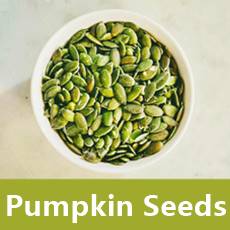Taurine could delay aging
The life-extending benefits of taurine
Fact Checked
×All the content published in our website is fact checked to validate its accuracy.
Visit our guidelines web page to learn more about our strict processes regarding how we review our content's sources: reliable and reputable journals, media websites, universities, colleges, organizations, and professionals.
Our articles are based on scientific evidence, and the references are included in its footnotes, which are clickable links to sound scientific papers.
First published: 17. Dec.2024
Overview
Taurine is a chemical compound synthesized by your body using different amino acids, though not an amino acid itself, taurine plays an important role in metabolism, regulating cholesterol and bile acids.
Its blood levels decrease with age, and recent studies have suggested that supplementing with taurine or, exercising -which boosts taurine concentration- may not only extend lifespan but also "health span."
This article looks into taurine, its sources, metabolism, and properties.
References and Further Reading
(1) Agricultural Marketing Service, (2011). Technical Evaluation Report Taurine Handling/ProcessingTaurine. October 28, 2011
(2) VKM Report 2015: 20 Risk assessment of "other substances" - L-cysteine and L-cystine Opinion of the Panel on Nutrition, Dietetic Products, Novel Food and Allergy of the Norwegian Scientific Committee for Food Safety (2015)
(3) Food and Drug Administration, (2014). Taurine. Aug 2014
(4) Parminder Singh et al., (2023). Taurine deficiency as a driver of aging. Science380,eabn9257(2023).DOI:10.1126/science.abn9257
(5) Wójcik OP, Koenig KL, Zeleniuch-Jacquotte A, Costa M, Chen Y., (2009). The potential protective effects of taurine on coronary heart disease. Atherosclerosis. 2010 Jan;208(1):19-25. doi: 10.1016/j.atherosclerosis.2009.06.002. Epub 2009 Jun 11. PMID: 19592001
(6) Stipanuk M.H., Dominy J.E., Lee J.I., Coloso R.M., (2006). Mammalian cysteine metabolism: New insights into regulation of cysteine metabolism. J Nutr 136:1652s-1659s
(7) USDA Methionine. Accessed, 15 Dec, 2024
(8) Wu G. , (2020). Important roles of dietary taurine, creatine, carnosine, anserine and 4-hydroxyproline in human nutrition and health. Amino Acids. 2020 Mar;52(3):329-360. doi: 10.1007/s00726-020-02823-6. Epub 2020 Feb 18. PMID: 32072297
(9) European Food Safety Authority, (2009). Scientific Opinion of the Panel on Food Additives and Nutrient Sources added to Food on a request from the Commission on the use of taurine and D-glucurono-γ-lactone as constituents of the so-called "energy" drinks. The EFSA Journal (2009) 935, 1–31. https://doi.org/10.2903/j.efsa.2009.935
About this Article
Taurine could delay aging, A. Whittall
©2024 Fit-and-Well.com. First Published: 17.Dec.2024. Update scheduled for 17.Dec.2027. https://www.fit-and-well.com/wellness/taurine-and-aging.html



